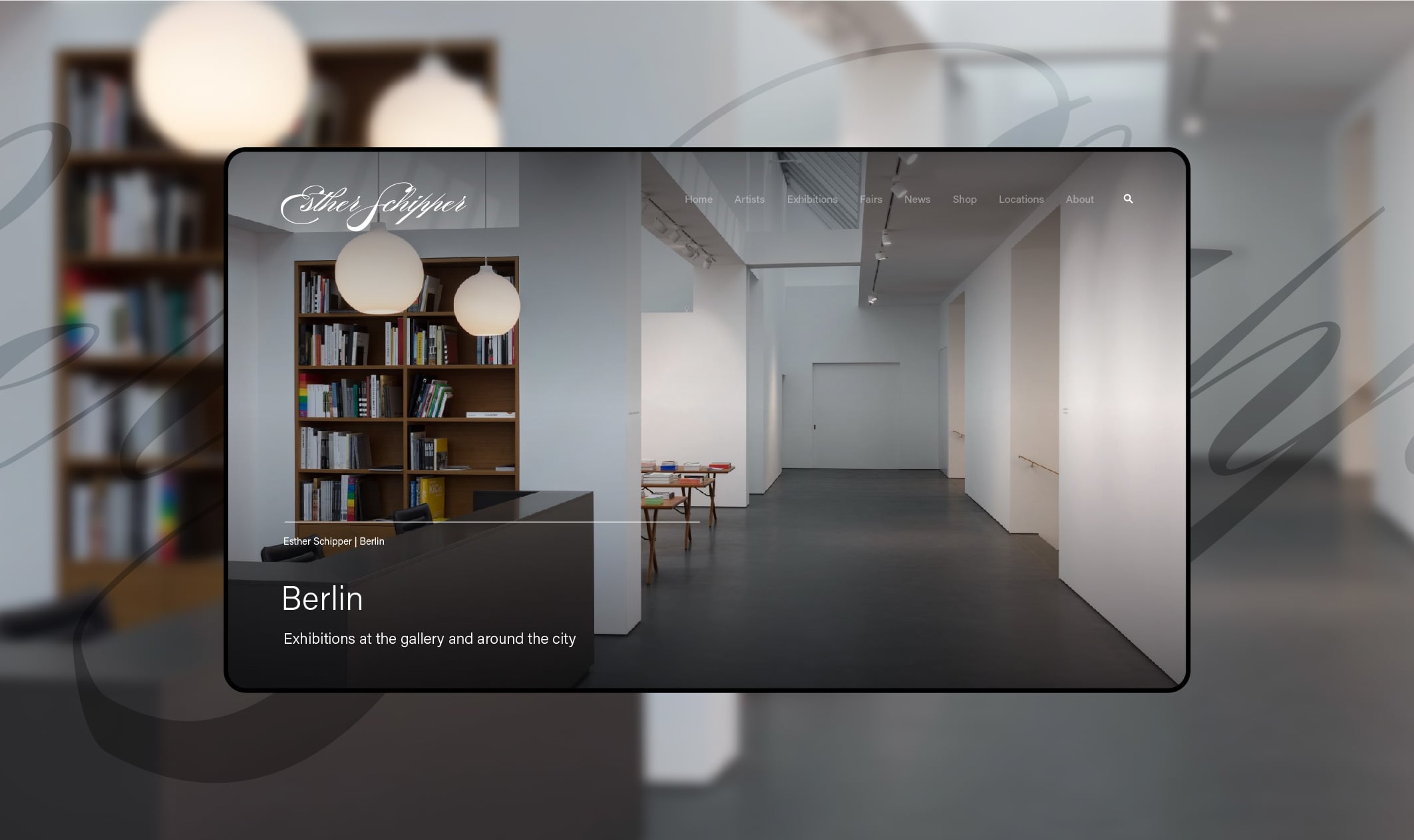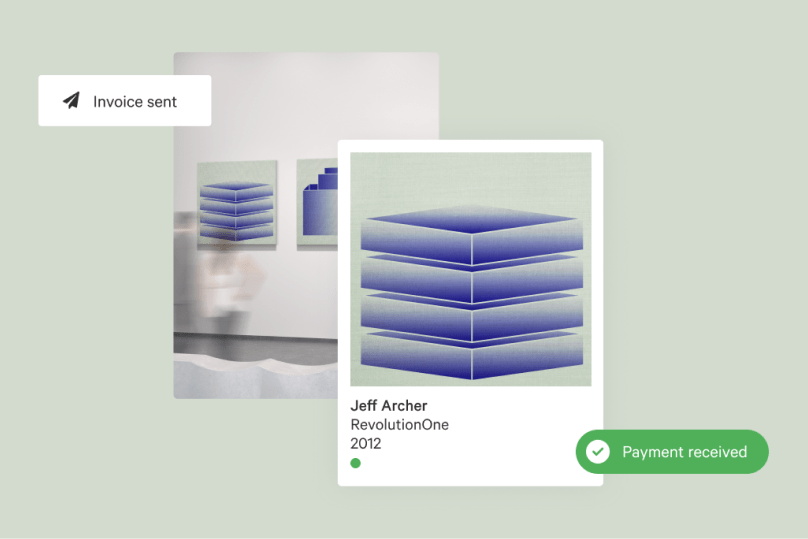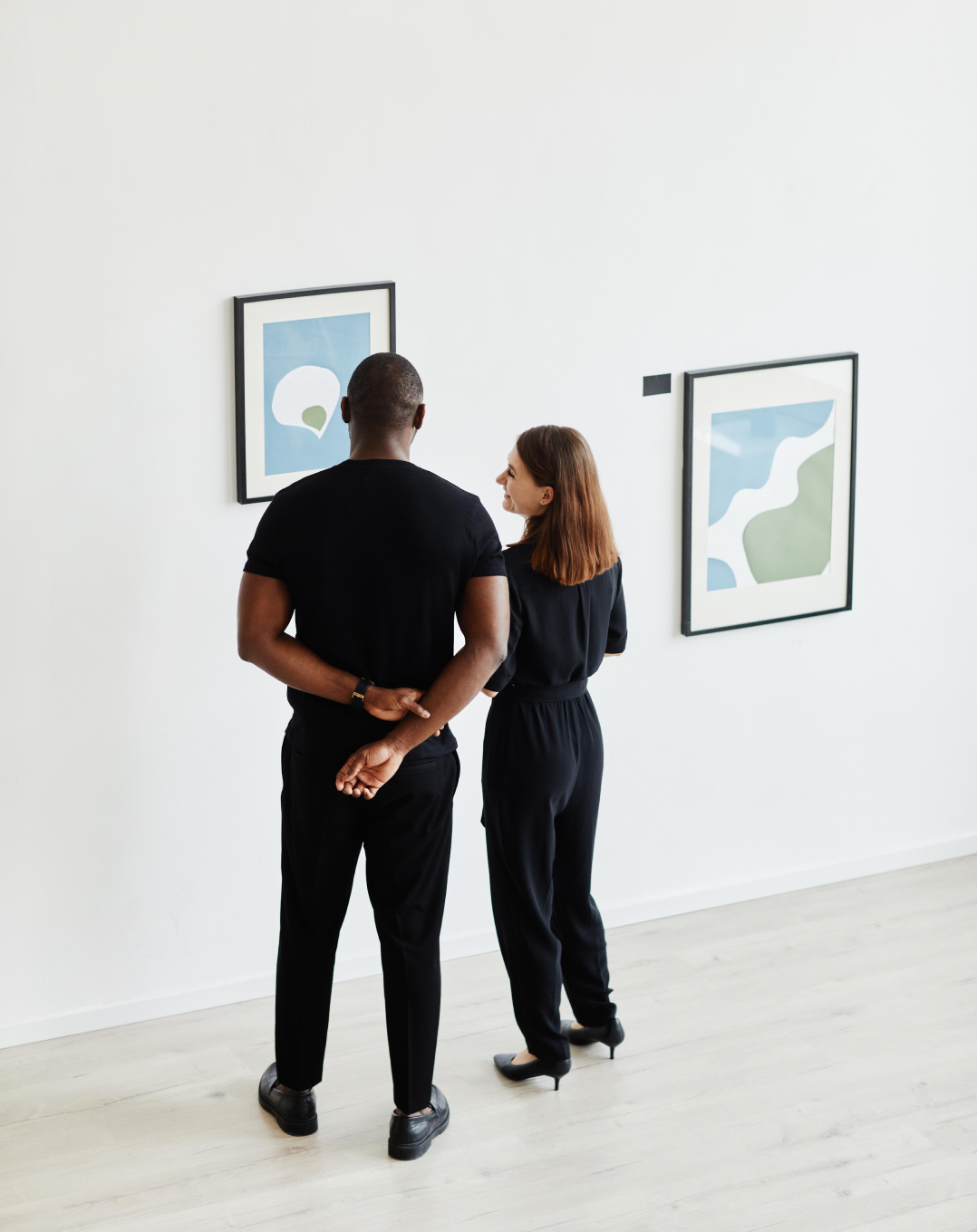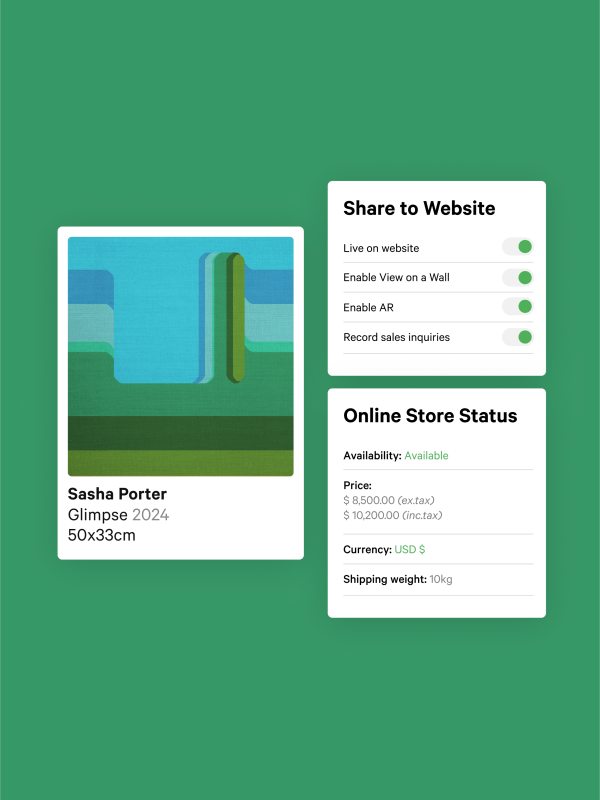Think about it: for a single sale, your gallery might require email, calendar, CRM software, presentation, and inventory management tools. Across multiple sales, all that switching adds up to a serious drain on time and productivity. But does all this switching actually matter that much to galleries? And is there a way for you to minimise its impact.
What is toggle tax?
Toggling is the process of switching between applications. Every time we do this, it takes time and effort to adjust our attention to the new function and interface. This constant toggling is cognitively taxing and is known as 'context switching'. At its worst, this excessive toggling can increase cortisol, the stress hormone, which makes it even harder to concentrate.
The average person toggles nearly 1,200 times a day
But does quickly changing from one app to another really have that much impact? Well, according to Harvard Business Review's study, it takes a little over 2 seconds to switch between apps and websites. Given that the average user toggles nearly 1,200 times a day, over the course of a year, each of us could be losing up to five working weeks (or 9%) of annual working time.
Why does toggle tax matter to galleries?
Toggle tax can impact all businesses, but especially those that rely on a complex stack of software solutions for everyday functions, such as galleries.
Let's imagine a typical scenario.
-
A client emails to check whether you have a particular work by an artist.
-
You manually check your Excel inventory spreadsheet, and then return to your emails to confirm that you do have it in stock.
-
They ask to see more images of the artwork.
-
You use InDesign to create a PDF document, manually inputting images from your inventory, and then email it back to the client.
-
The client asks to purchase the artwork, so you create an invoice in a word processor and return to your email to send it to the client.
- You then have to track the transaction by manually checking your bank statement and recording it in an accounting software.
Just for this one transaction, that toggle tax is already hitting 10+ adjustments to different softwares and interfaces, and that's before you throw in unrelated emails or other tasks that pop up. On average, executing a single supply-chain transaction involved switching around 350 times between 22 different applications and unique websites (HBR).
49% of people said they would leave their job because of frustrations with technology.
The net result of this is even more disruptive: staff forced to grapple with inefficient workflows could become very frustrated. In fact, according to a 2021 survey, 49% of respondents said they would leave their job because of frustrations with technology.
Beat the toggle tax with a single platform designed for gallerists
Many galleries are only just exploring the benefits of business software for improving client relationships, driving efficiency, and boosting sales. However, don't make the mistake of trying to patch up your productivity issues by investing in even more software – often, you'll just end up increasing your toggle tax.
Instead, you should be looking to do as much as you can in one place. Our dedicated online gallery software unites inventory and contact management, invoicing and accounts, payments, websites and ecommerce, and marketing in one intuitive and easy-to-use platform.
Let's see what it looks like to conduct and close a deal just using the Artlogic platform:
-
You import your artworks for your new exhibition into your inventory management. You share these artworks to your website with information like size and supporting documents, allowing collectors to preview works using in-built Augmented Reality tools. Any inquiry from the website is clearly logged in your deal management.
-
You generate a personalised offer email for an artwork, which is automatically sent to relevant collectors based on their purchase history and art interests. Offers sent are created and tracked in the Sales Pipeline so you can stay on top of all the offers.
-
One of the collectors requests more information about the artwork. You generate a Private View link (a curated presentation of artworks) with supporting information like secondary images and provenance.
-
They decide to go ahead with the purchase. You change the status of the deal to "reserved" in your Sales Pipeline, which automatically updates the artwork status so no one else can buy or sell the work.
-
You then create an invoice with customised tax and shipping information. Using Artlogic Pay, you generate a payment link for the collector to make a quick, easy, and secure online payment. Once paid, the status of the invoice, website and inventory are all automatically updated.
-
This entire journey can be tracked via your Sales Pipeline, making it easy to take advantage of future sales opportunities. Best of all, the whole process has been completed in one platform without having to toggle to different systems.
Learn how to reduce your toggle time and grow your business:
Take a tour of Artlogic






